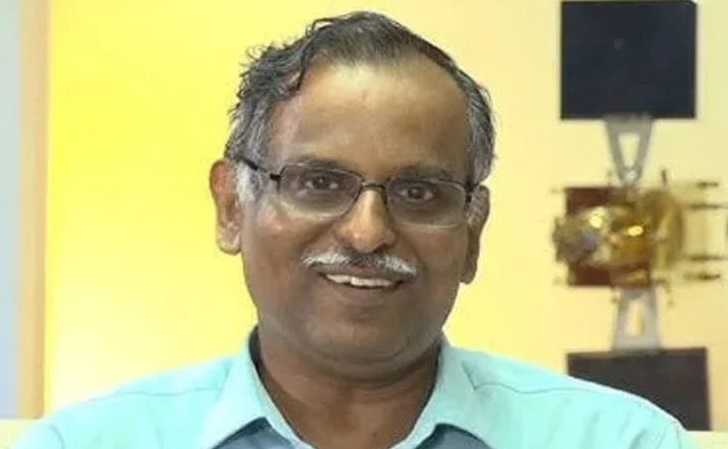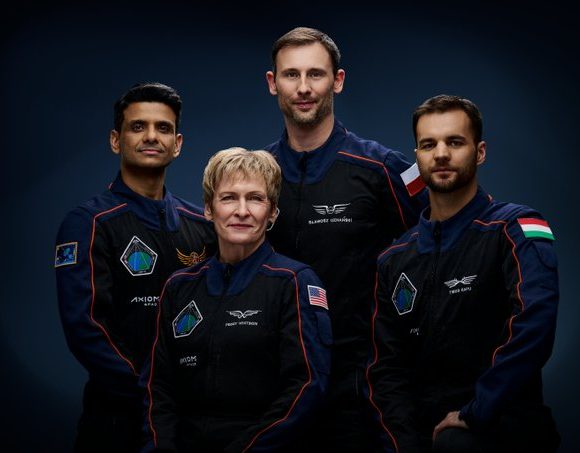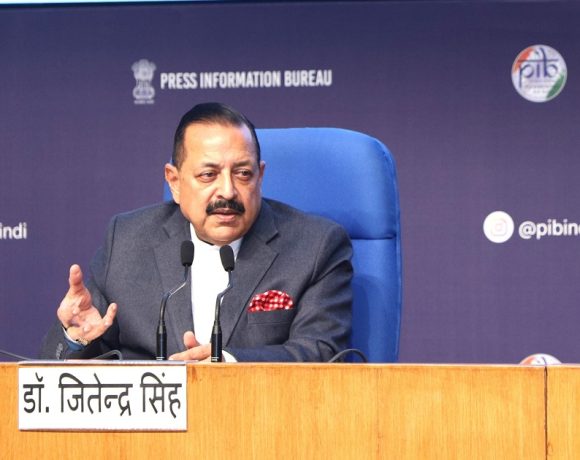
ISRO Chief V. Narayanan: 2027 to Be Defining for India’s Space Goals
ISRO Chairman V. Narayanan has declared that 2027 will mark a milestone year in India’s space journey with the simultaneous execution of two high-profile missions: Chandrayaan-4, India’s first-ever lunar sample return mission, and Gaganyaan, its maiden human spaceflight initiative. The announcement was made during his address at the Central Tool Room and Training Centre (CTTC) in Bhubaneswar.
Narayanan emphasized that both missions will not only demonstrate India’s growing technical prowess but also elevate its standing in the global space community.
Chandrayaan-4: India’s First Lunar Sample Return Mission
Chandrayaan-4 is being hailed as the most ambitious lunar mission in ISRO’s history. The mission aims to collect soil and rock samples from the Moon’s surface and return them safely to Earth. This will be a complex undertaking involving several advanced stages:
- A precision lunar landing by a lander module.
- Robotic collection of samples using onboard mechanisms.
- Launching the collected material back from the lunar surface.
- Successful docking in lunar orbit with a return module.
- Safe re-entry and retrieval of samples back on Earth.
The mission will include four modules: transfer, lander, ascender, and re-entry. Each component will be tested for high-precision maneuvers, marking a major technological leap for ISRO.
Gaganyaan Mission: India’s Leap into Human Spaceflight
The Gaganyaan project will place Indian astronauts—referred to as “Vyomanauts”—into low Earth orbit for a multi-day mission. Slated for early 2027, this will be preceded by three uncrewed test missions to validate life-support systems, emergency escape systems, and overall spacecraft performance.
This mission represents India’s entry into an elite group of nations capable of independently launching human space missions. It will significantly boost India’s technological confidence and space-sector capabilities.
Post-2027: Chandrayaan-5 and Indigenous Space Station
Looking beyond 2027, Narayanan confirmed that ISRO will partner with the Japanese space agency JAXA for the Chandrayaan-5 mission, targeting the Moon’s south polar region. This mission will feature a 250 kg rover capable of operating for 100 days in the Moon’s shadowed regions, in search of water and other volatiles.
Simultaneously, ISRO has ambitions to establish its own space station by 2035. The 52-tonne station will be built in five modules, with the first launch planned for 2028. It will support long-duration missions, human research in microgravity, and possibly international collaborations.


















